OUR PRODUCTS
MAIZE
Maize has become a staple food in many parts of the world, with the total production of maize surpassing that of wheat or rice. In addition to being consumed directly by humans (often in the form of masa), maize is also used for corn ethanol, animal feed and other maize products, such as corn starch and corn syrup. The six major types of maize are dent corn, flint corn, pod corn, popcorn, flour corn, and sweet corn.
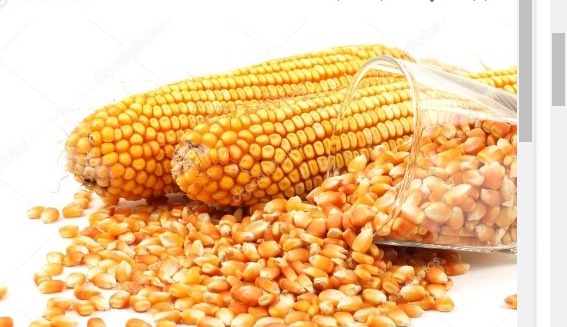
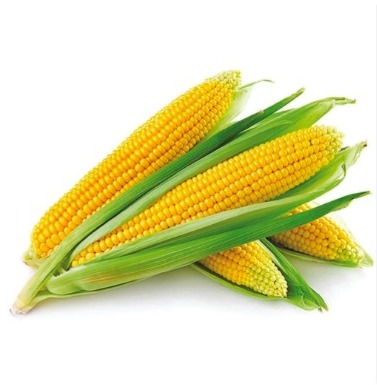
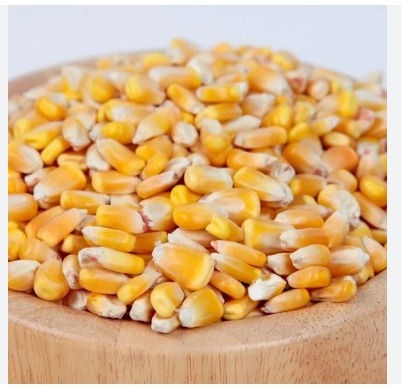


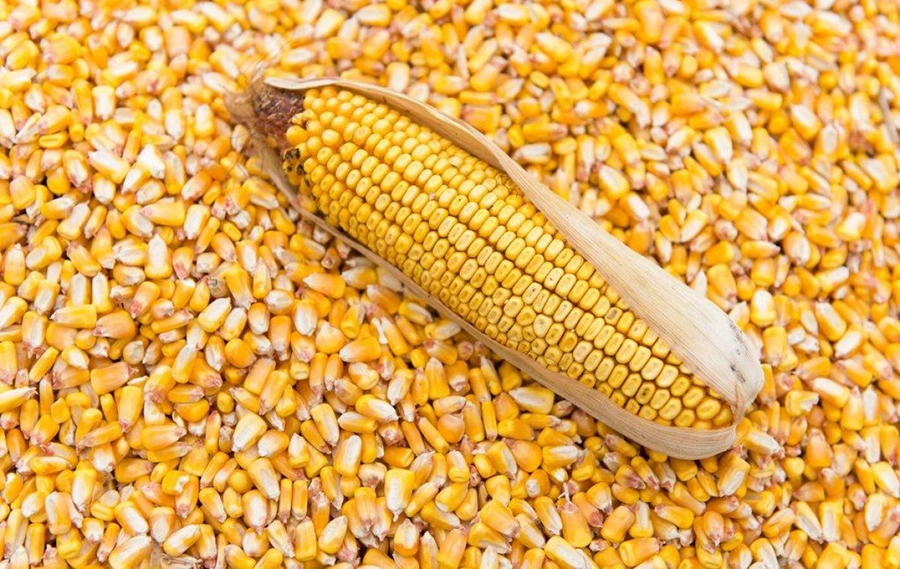
Maize is a cultigen; human intervention is required for it to propagate. Whether or not the kernels fall off the cob on their own is a key piece of evidence used in archaeology to distinguish domesticated maize from its naturally-propagating teosinte ancestor. Genetic evidence can also be used to determine when various lineages split.
An 2002 study by Matsuoka et al.. has demonstrated that, rather than the multiple independent domestications model, all maize arose from a single domestication in southern Mexico about 9,000 years ago. The study also demonstrated that the oldest surviving maize types are those of the Mexican highlands. Later, maize spread from this region over the Americas along two major paths. This is consistent with a model based on the archaeological record suggesting that maize diversified in the highlands of Mexico before spreading to the lowlands.
CHICK PEAS
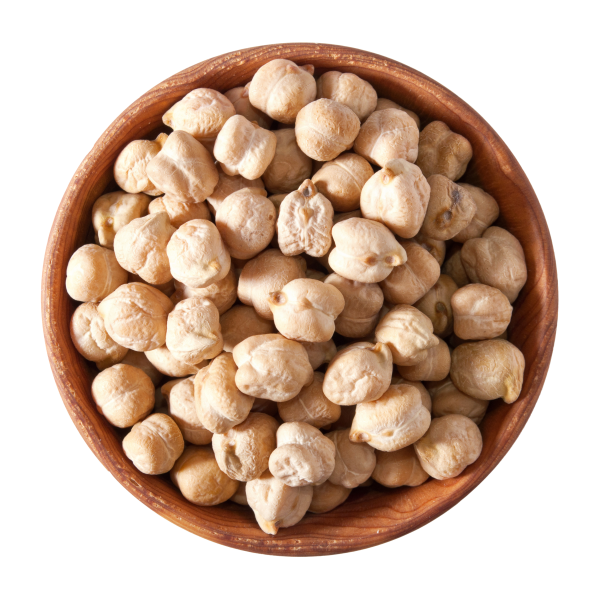
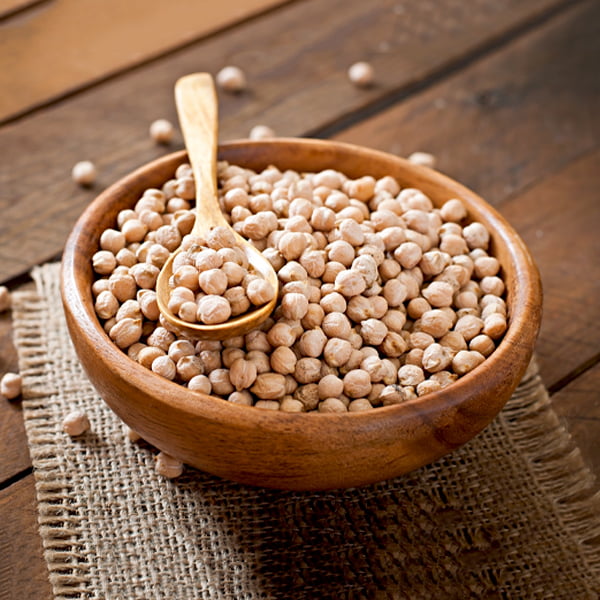


KABULI
Kabuli Chick peas sizes are 7, 8, 9 and 10mm and hence a very low glycemic index which may make them suitable for people with blood sugar problems. Kabuli Chick peas, which has lighter colored, larger seeds and a smoother coat, mainly grown in Southern Europe, Northern Africa, Afghanistan, Pakistan and Chile, also introduced during the 18th century to the Indian subcontinent. Kabuli (meaning ‘from Kabul’ in Hindi, since they were thought to have come from Afghanistan when first seen in India) or safed chana is the kind widely grown throughout the Mediterranean. The Kabuli variety has a thin, white seed coat and it is relatively bigger in size than other variety. It is grown in temperate and sub-tropical regions. The Kabuli variety has a thin, white seed coat and it is relatively bigger in size than other variety. It is grown in temperate and sub-tropical regions. Kabuli have large, rounder seeds, weighing about 400mg. They are white to cream-colored and are almost exclusively used whole. They are preferred throughout the Mediterranean region. Kabuli Chickpeas is used mainly in salad bars, soups, snack food, vegetable mixes, or ground into hummus. It is widely used in Spain, Algeria, Pakistan, UAE, Saudi Arabia, Jordan, United Kingdom and Italy, and Middle Eastern and Mediterranean cuisines.
SPECIFICATION
Specification of Kabuli Chick Peas | |
Properties | Values / Limits |
Moisture (V/W) | Max. 12% |
Broken /Split / Insect Infested | Max 2.0-2.5% |
Aborted / Green / Brown Seeds | Max. 1.0-6.5% |
Stained Seeds | Max. 0.5-6.5% |
Smooth Seeds | Max. 0.5 – 6.5% |
Extra. Foreign matter (by weight) | Max. 0.2% |
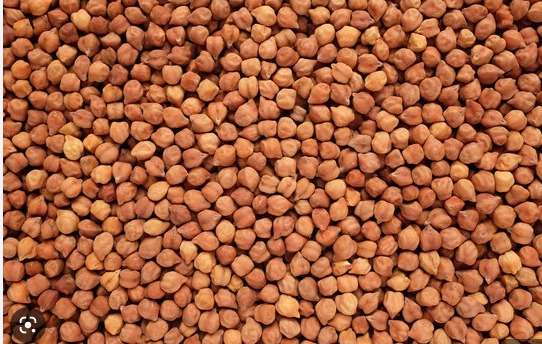
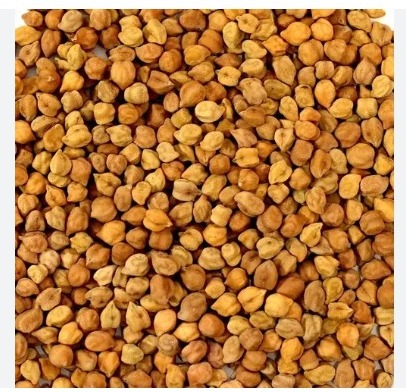
DESI
The Desi type is smaller in size, has a thick, dark colored seed coat and is either de-hulled and split or de-hulled and ground into flour. It can also be roasted and puffed after splitting. Desi Chick peas has high fiber content compared to the Kabuli variety, which has small, darker seeds and a rough coat, cultivated mostly in the Australia, Indian subcontinent, Iran, Mexico & Ethiopia. The Desi (meaning ‘country’ or ‘local’ in Hindi) is also known as Bengal gram or kala chana. The Desi type is used to make Chana Dal, which is a split chickpea with the skin removed. Desi Chick peas are used mainly in dhal, sauces, puffed or ground into flour. It is widely used in Asian and African cuisines. Desi is likely the earliest form since it closely resembles seeds found both on mn archaeological sites and the wild plant ancestor (Cicero reticulate) of domesticated chick peas, which only grows in southeast Turkey, where it is believed to have originated. Desi chick peas have a markedly higher fiber content than Desi types have small angular seeds weighing about 120 mg, are wrinkled at the beak and range in color from brown, light brown, fawn, yellow, orange, black or green. They are normally dehulled and split to obtain dhal and are favored in India. It is mainly produced in Australia, Canada, Myanmar, Ethiopia, Tanzania and Malawi in Africa & exported to India, Bangladesh, Pakistan & Sri Lanka.
SPECIFICATION
| Specification of Kabuli Chick Peas | |
| Properties | Values / Limits |
| Foreign Matter | Max. 1% |
| Green (Cotyledon color), Immature, shrunken, shriveled seeds | Max. 3% |
| Broken and Splits | Max. 2% |
| Damaged and Weeviled | 3% (Weeviled 2% max.) |
| Moisture | 10% |
| Varietals Admixture | Max. 3% |
| Processing | The grades are Machine Cleaned, HPS (hand-picked and selected) Sortexed |
WHEAT BRAN
Generally, wheat bran will have a crude protein level of 14-17 percent; crude fat, 3-4.5 percent; and crude fiber, 10.5-12 percent
The bran fractions consist of the pericarp, testa, and hyaline and aleurone layers. By weight, the wheat caryopsis is composed of an outer branny husk (14–16% of the grain), the germ or embryo (2–3%), and the central endosperm (mainly starch: 81–84%) (Pomeranz 1988)
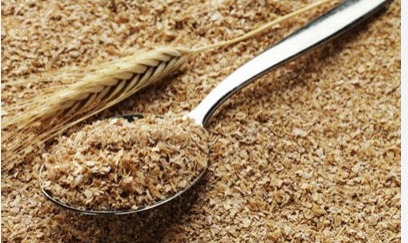


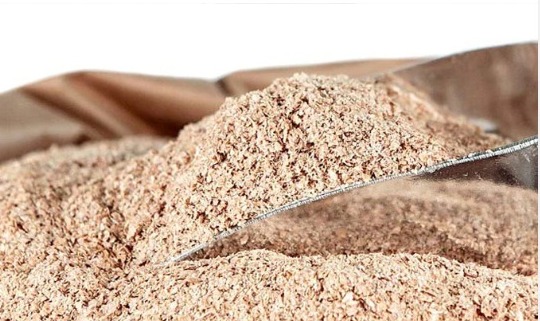
SPECIFICATION OF WHEAT BRAN
| Product Name | Wheat Bran |
| Moisture | 13% max. |
| Type | Non GMO |
| Variety | Fine / Super Fine |
| Crude Protein | 12% – 15% |
| Crude Fiber | 5% min |
MUSTARD OIL CAKE

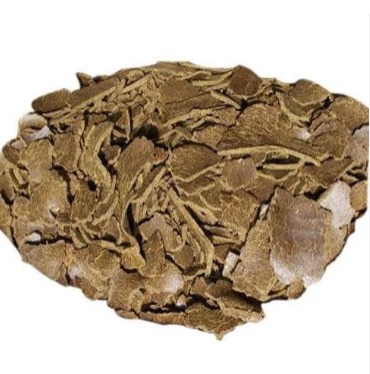
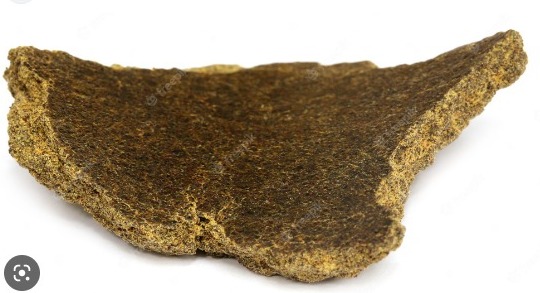
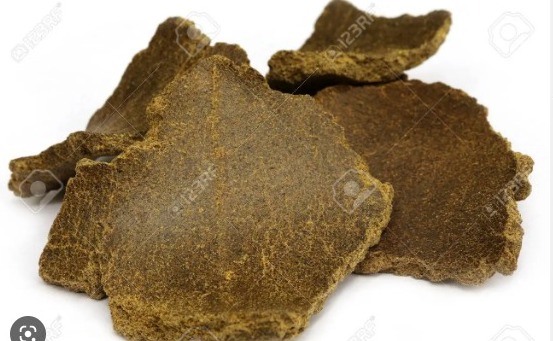

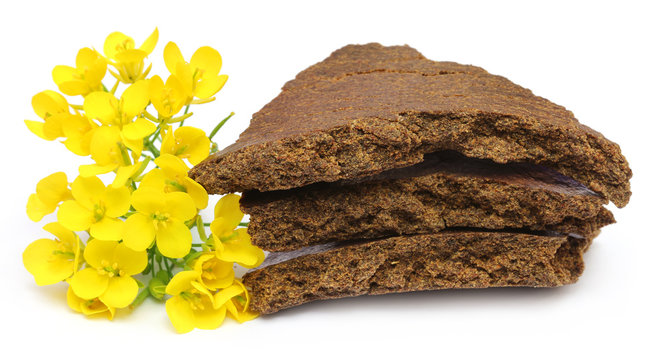
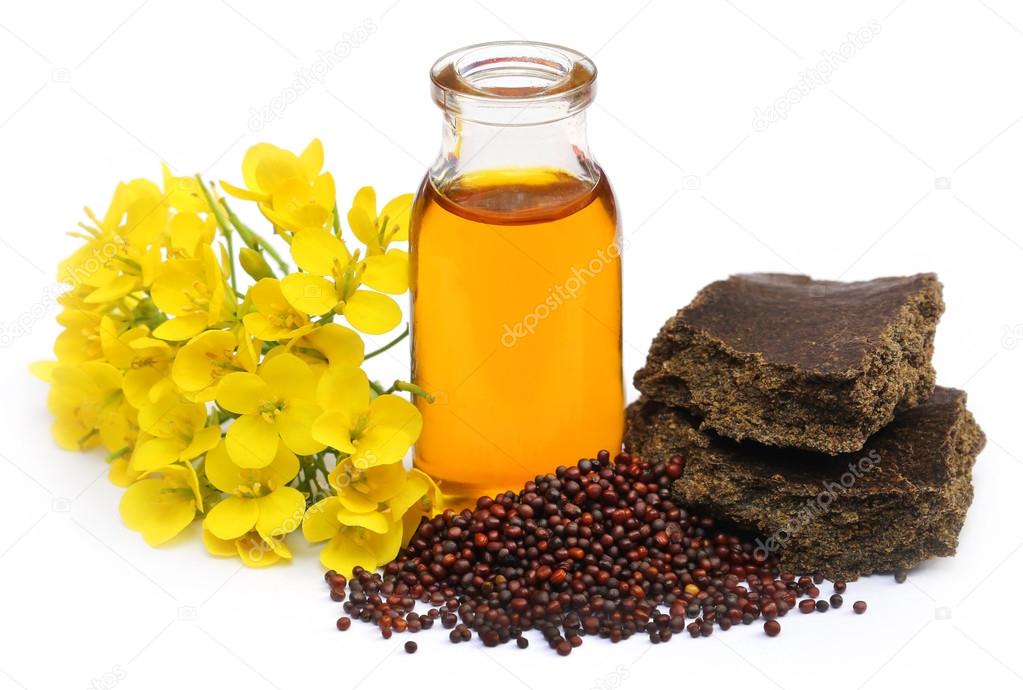
Mustard Oil Cake is the residue left over from commercial mustard oil or meal production. Mustard cake is widely used as a fertilizer for flowering and vegetable plants. Mustard oil cake fertilizer is very rich in protein. It provides many micro nutrients to your garden plants.
QUALITY TYPICAL SPECIFICATION
Moisture | 10.0 % Max |
Protein(N×6.25) | 38.0 % Min |
Fat | 1.00 % Max |
Sand /Silica | 2.00 % Max |
Crude fibre | 12 % Max |
RICE
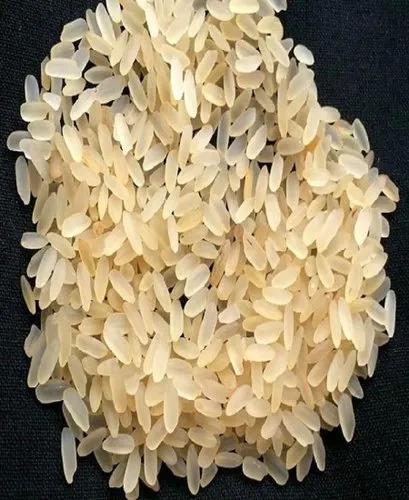
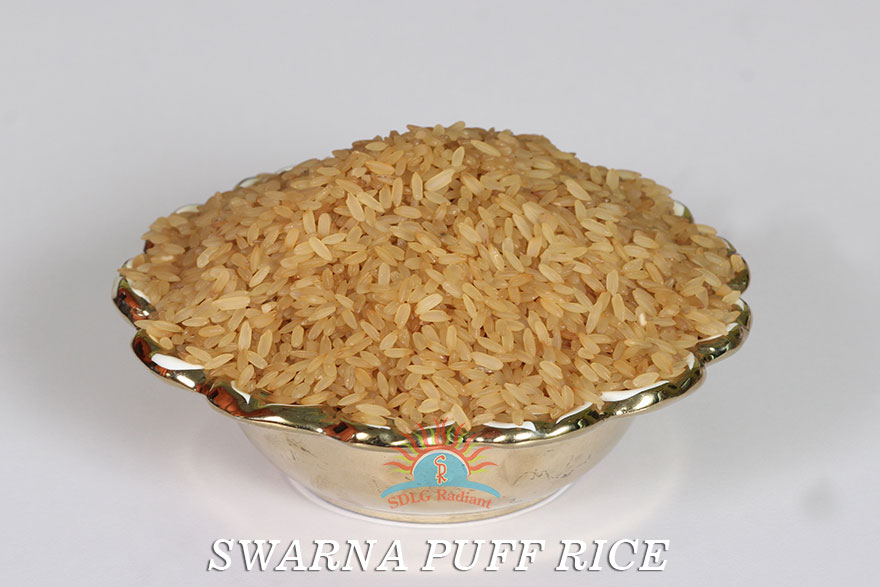
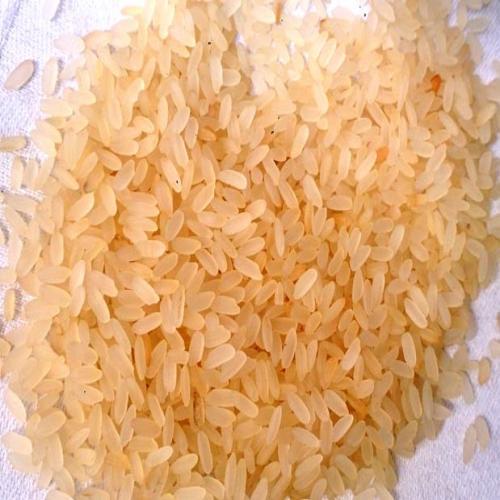


SWARNA RICE
Swarna Rice also called Mansuri rice, is one of the healthiest staple Indian rice varieties and carries a very low risk of diabetes, says a leading rice research organization, and also has a low glycemic index (GI).
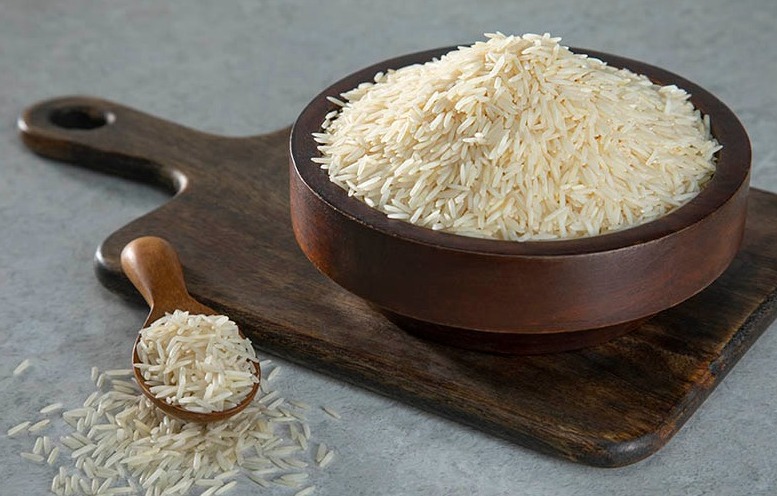
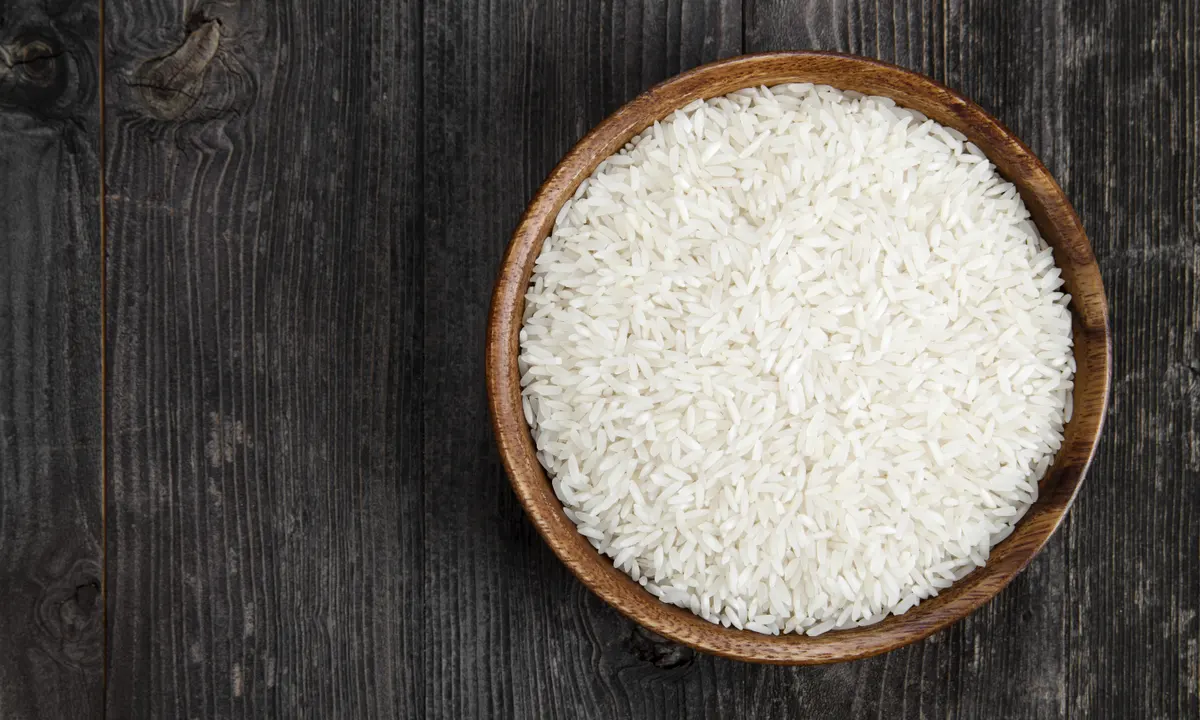
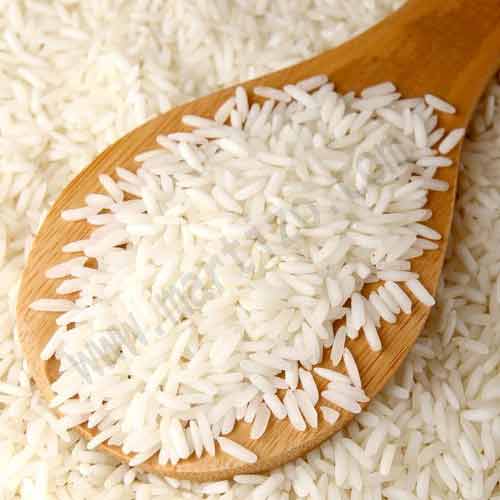


PAIJAM RICE
Paijam rice is best known for its aroma and size. It is called dawat special rice. The aroma and size is that good that you the rice taste awesome when you eat yourself or serve it to your guests. This rice is not artificially grown but it applies the most traditional way of fertilizing the rice. No additional perfume is being added to the rice to create an aroma. You will get the natural aroma from this rice. Steamed rice, Pulao, Biryani, Khichdi, Payesh, etc. tastes amazing when you use this rice to cook. Paijam rice ensures you a freshness of the rice.

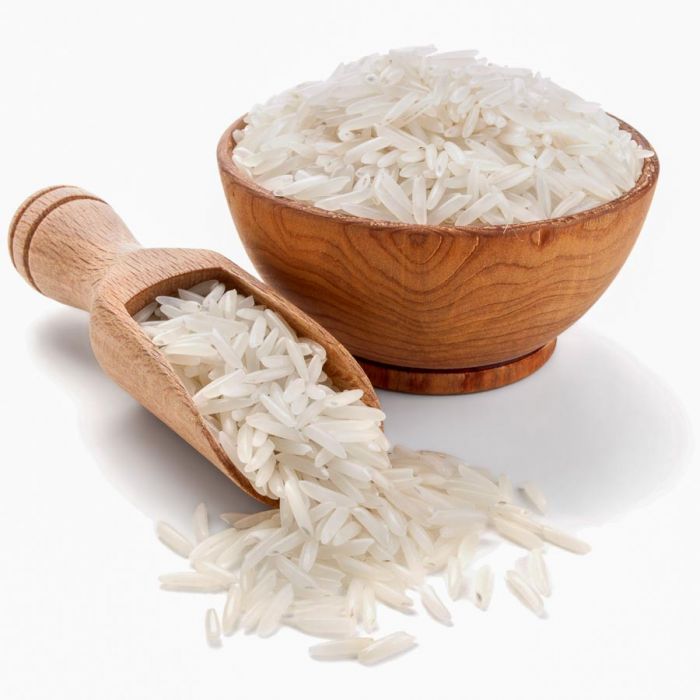
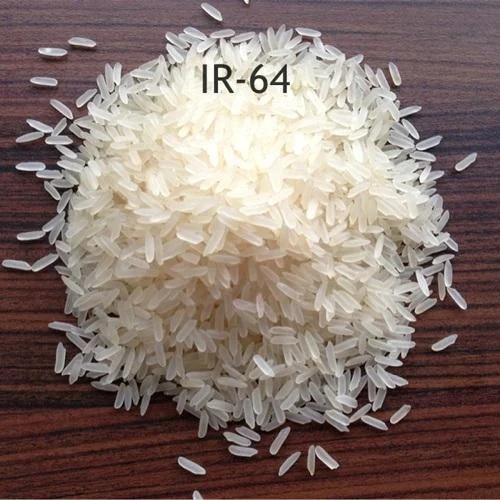
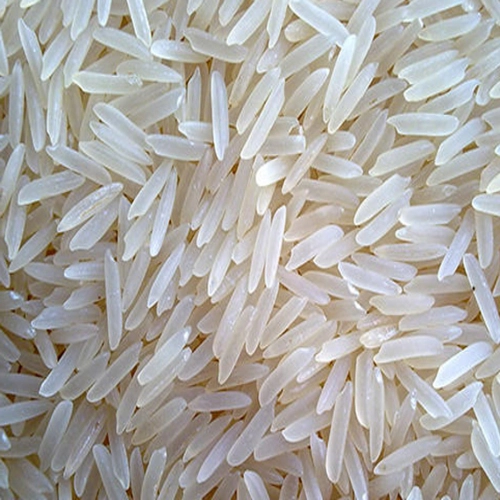
IR64 RICE
IR64 is a semidwarfindica rice variety, with average mature plant height of approximately 100 cm in the Philippines (Fig. 3). It is a relatively early duration variety, with total growth duration of about 117 days.
SUGAR
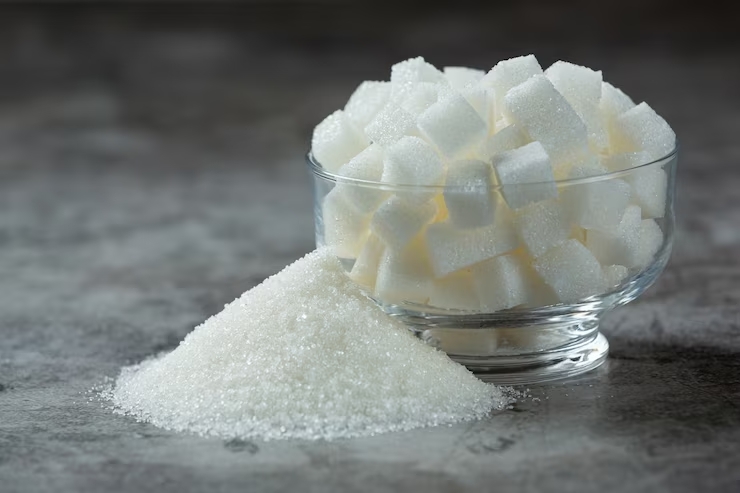
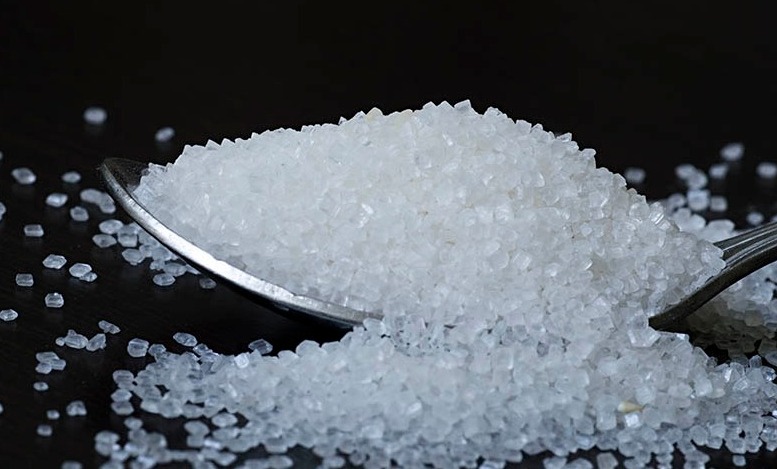




PURE REFINED S30 SUGAR SPECIFICATION
- Color: Sparkling White
- Crystal Size or Granule Size: 0. 8 to 1.2 mm
- (Crop: Current ISo2: 7Omg/K)
- Radiation: Normal Within Internationally
ACCEPTED LIMIT
- Moisture: 0.04% Max by Weight
- Solubility: 100% Dry Free Fine Flowing
- Polarization: 99. 80% Min
- Granulation: Fine Standard
- Ash By Electrical: 0.04% Max (on Dry Weight Basis)
- Smell: Free from Any Smell
- Reducing Sugar: 0.05% Max
- PACKING -SOKg PP Bags
RED CHILLI
Red chilli is a condiment that adds pungency and colour to the food. It has certain medicinal and homeopathic properties. We offer red chillies in a uniform shape and size. It is used mostly to temper dishes. The chillies have a sharp flavour. It has antibiotic properties and also acts as a pain killer. It provides relief from lung disease.
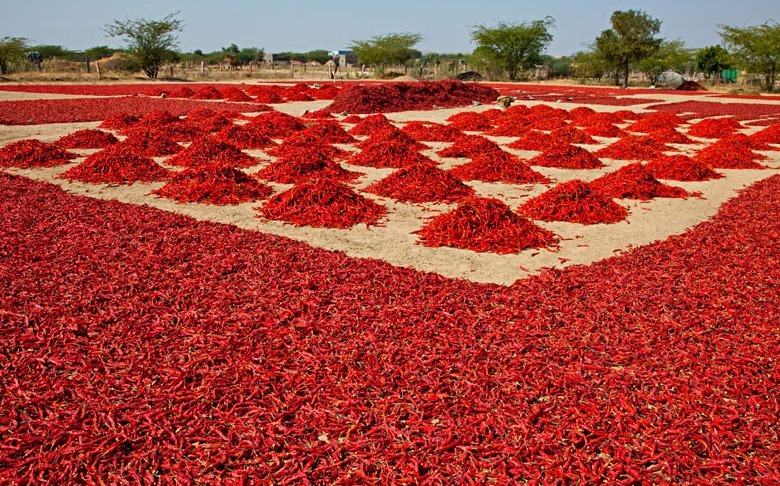

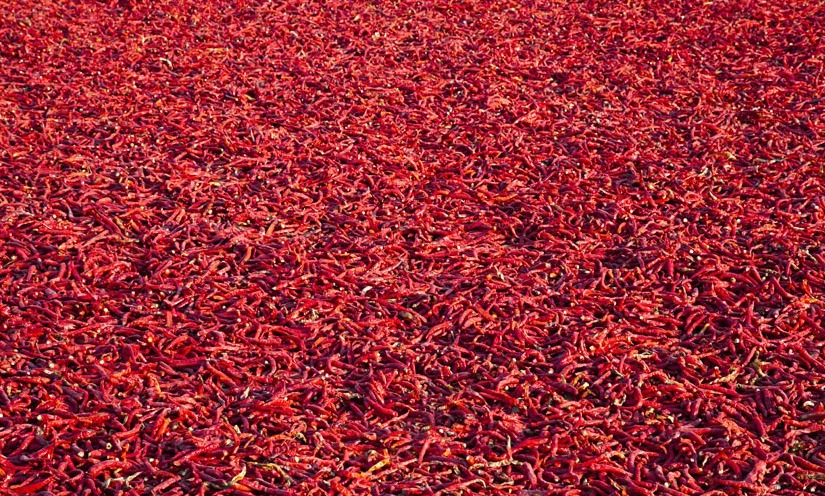
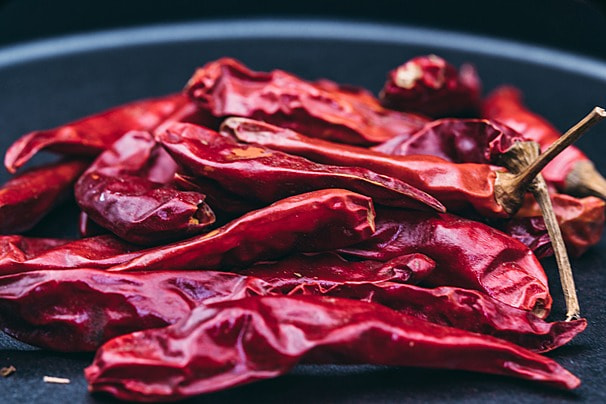
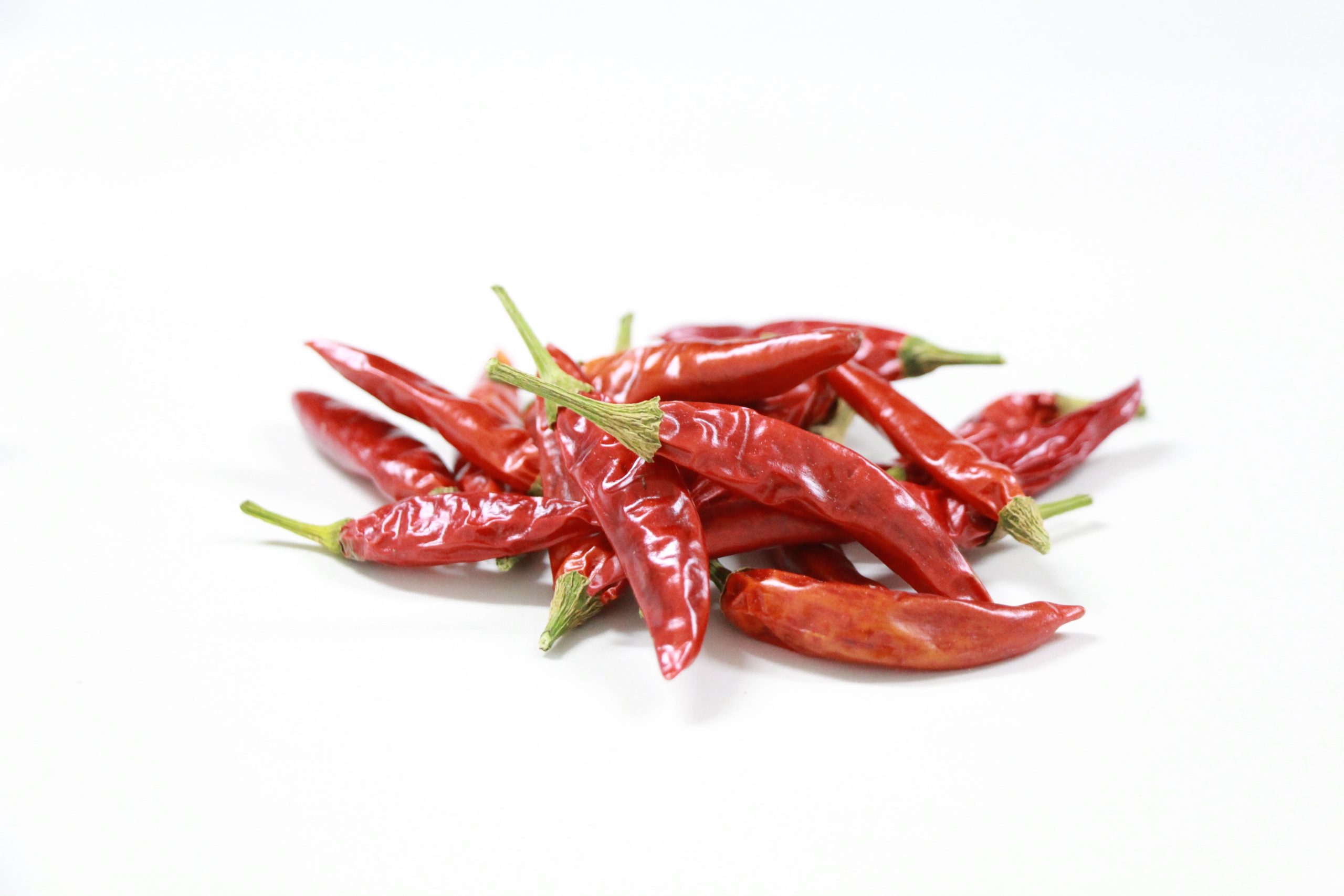
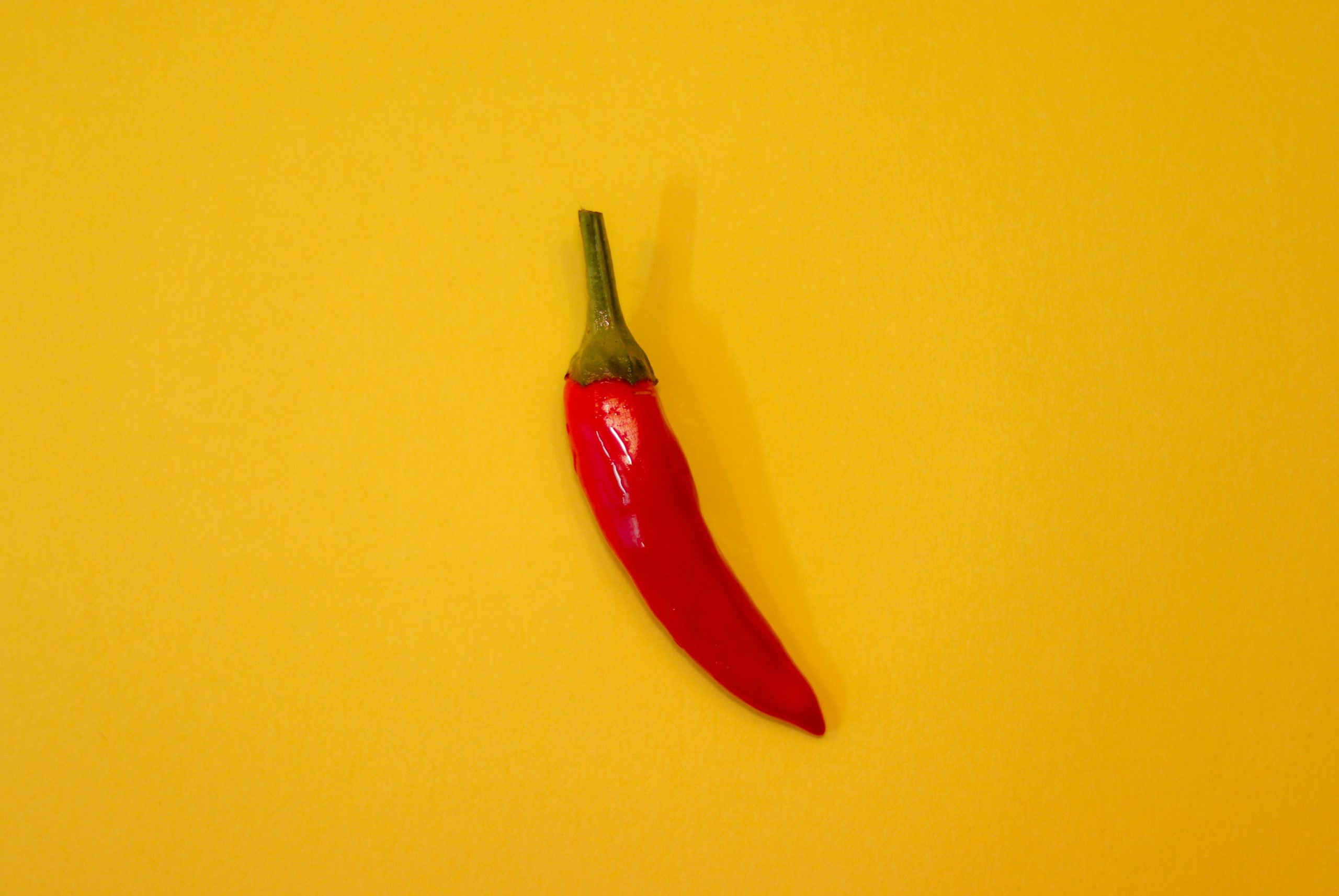
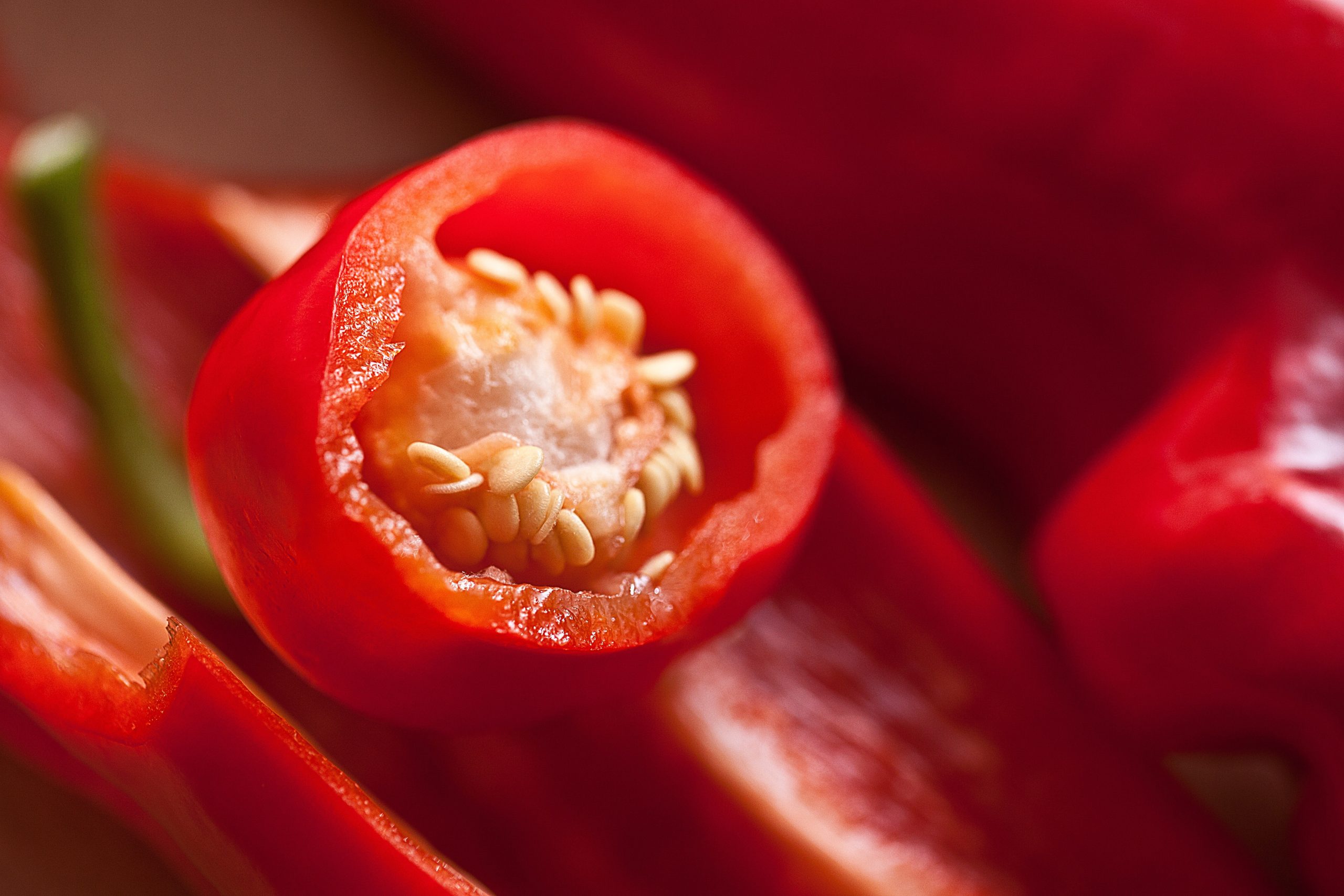
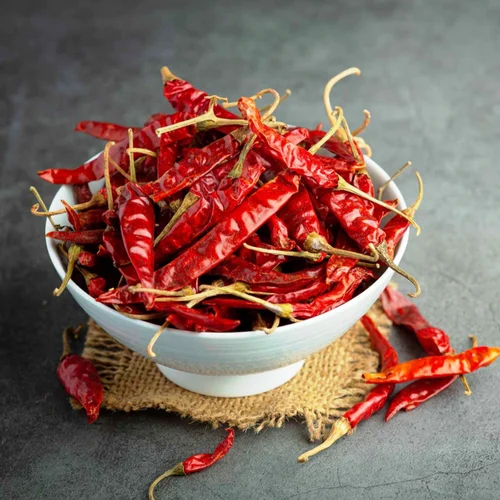
SPECIFICATION OF RED CHILLI
Product Name | Red chilli |
Moisture | Below 12% |
Pungency (Heat) | 15000 SHU to 20000 SHU |
Capsaicin content | 0.726% |
Form | Dried |
Shelf life | Long |
Supply ability | 5000 metric tons / month |
Delivery terms | EX – WORKS, FOB, CFR, CIF |
Crop | 2013(New Crop) |
Length | 9 to 11 Cms (without stem) |
Color | 80 ASTA – 100 ASTA |
Skin | Thick |
Drying Process | 0.726% |
Physical appearance | S 273 is Semi wrinkle, long size, dark red in color & less seeds. |
Packing Weight | 4.00 Kgs / 4.50 Kgs / 5.00 Kgs / 10.00 Kgs / 15.00 Kgs / 25.00 Kgs / 35.00 Kgs or as per buyer’s requirement |
GINGER & GARLIC
Ginger (Zingiber officinale) is a flowering plant whose rhizome, ginger root or ginger, is widely used as a spice and a folk medicine. It is a herbaceous perennial which grows annual pseudostems (false stems made of the rolled bases of leaves) about one meter tall bearing narrow leaf blades.
Garlic (Allium sativum) is a species of bulbous flowering plant in the genus Allium. Its close relatives include the onion, shallot, leek, chive, Welsh onion and Chinese onion. It is native to South Asia, Central Asia and northeastern Iran and has long been used as a seasoning worldwide.
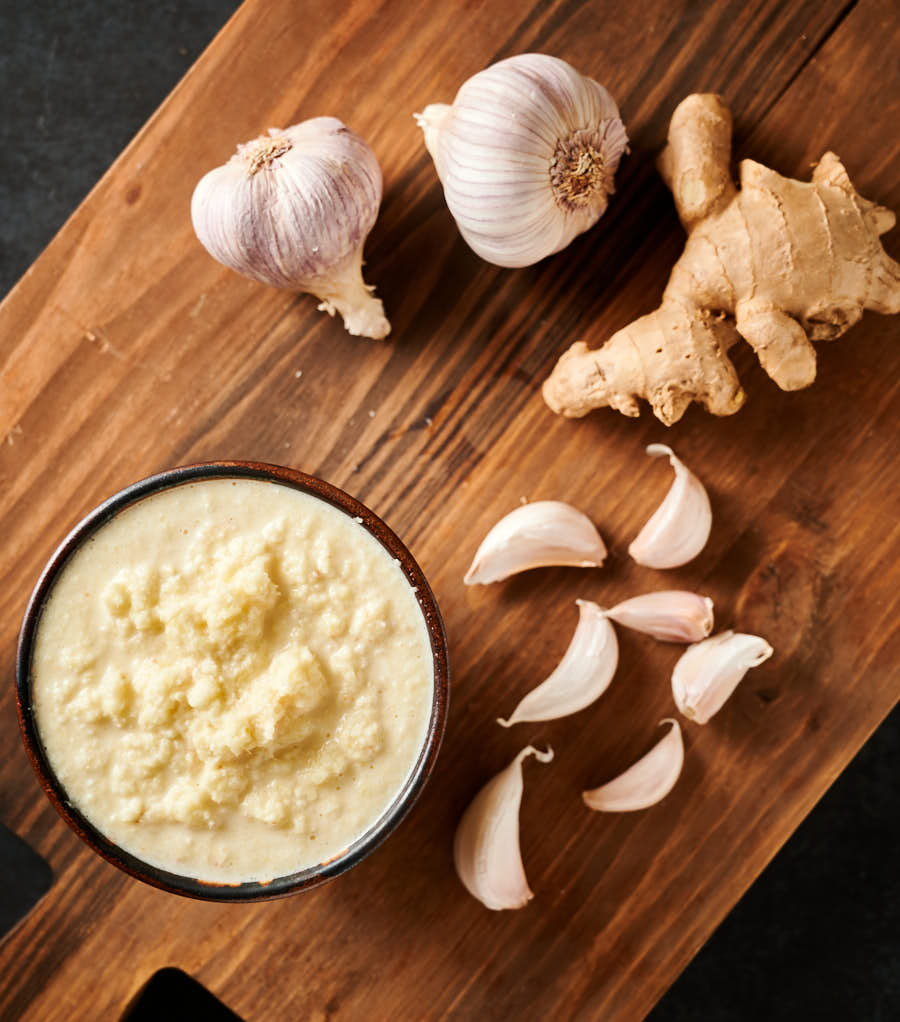

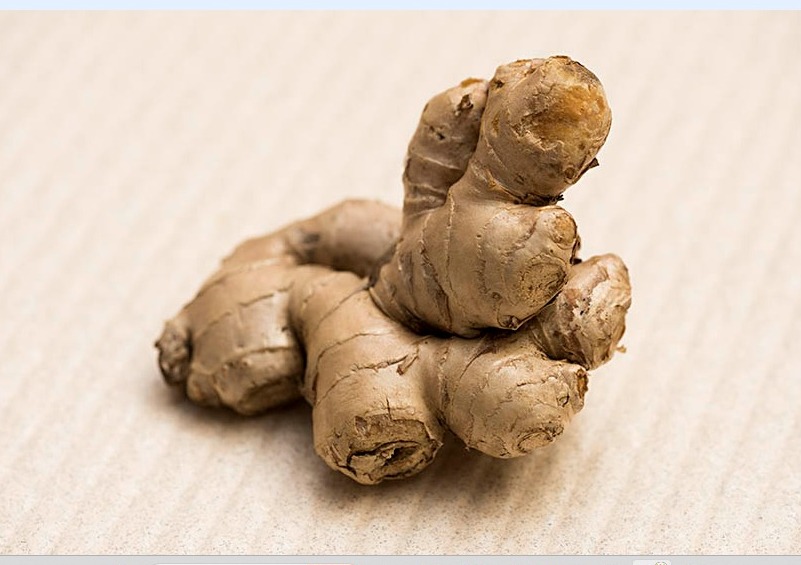
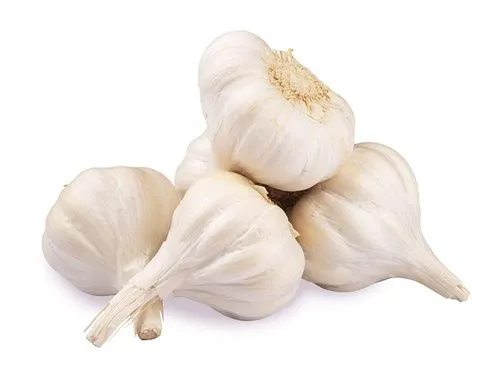

Ginger originated from Maritime Southeast Asia. It is a true cultigen and does not exist in its wild state. The most ancient evidence of its domestication is among the Austronesian peoples where it was among several species of ginger cultivated and exploited since ancient times. They cultivated other gingers including turmeric (Curcuma longa), white turmeric (Curcuma zedoaria), and bitter ginger (Zingiber zerumbet). The rhizomes and the leaves were used to flavour food or eaten directly. The leaves were also used to weave mats.
Garlic is easy to grow and can be grown year-round in mild climates. While sexual propagation of garlic is possible, nearly all of the garlic in cultivation is propagated asexually, by planting individual cloves in the ground. In colder climates, cloves are best planted about six weeks before the soil freezes. The goal is to have the bulbs produce only roots and no shoots above the ground Harvest is in late spring or early summer.
CUMIN SEEDS
The chickpea or chick pea (Cicer arietinum) is a legume of the family Fabaceae, subfamily Faboideae. Its different types are variously known as gram, or Bengal gram, garbanzo or garbanzo bean, Egyptian pea. Its seeds are high in protein. It is one of the earliest cultivated legumes: 7,500-year-old remains have been found in the Middle East.
Cumin Seeds Are Well Known As Jeera. Cumin sometimes spelled cummin; Cuminum cyminum is a flowering plant in the family Apiaceae, from the East Mediterannean to India. Cumin is the dried seed of the plant cuminum cyminum. Cumin can be used ground or as whole seeds. It helps to add an earthy and warming feeling to food, making it a staple in certain stews and soups, as well as spiced gravies such as chili. It is also used as an ingredient in some pickles and pastries.
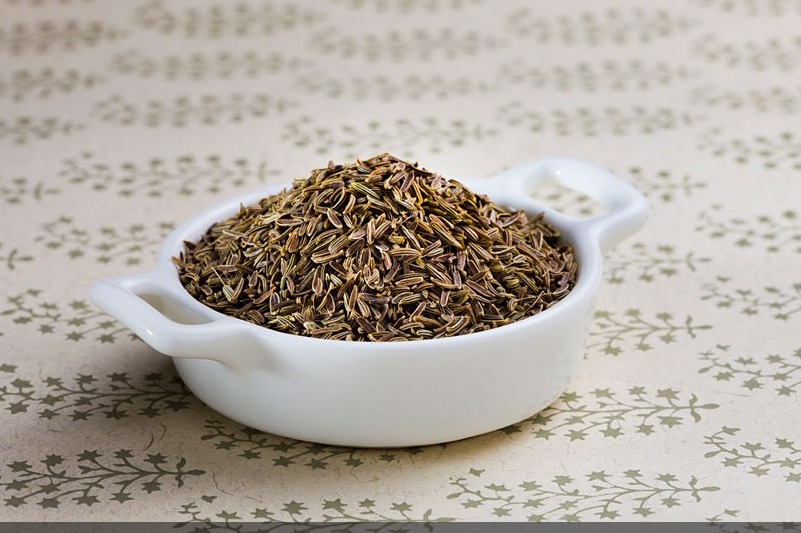
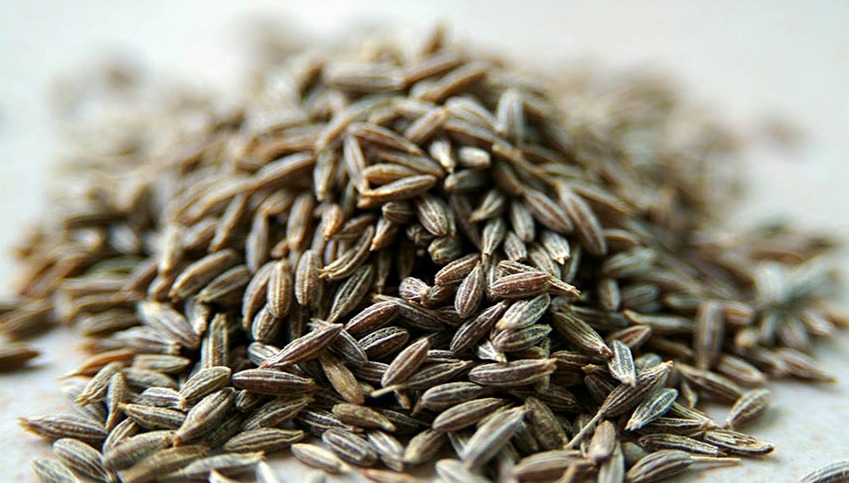

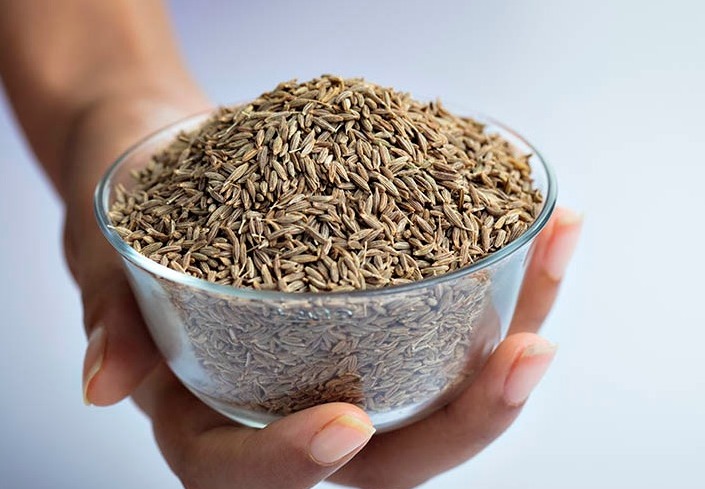


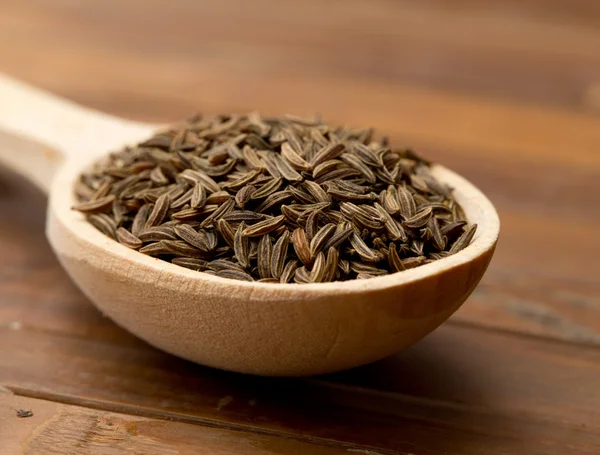
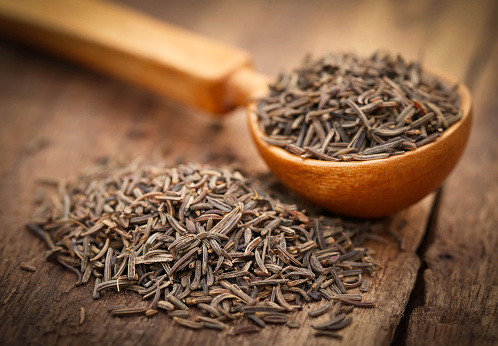










SPECIFICATION OF CUMIN SEEDS
Parameters | Value |
Product Name | Cumin Seeds |
Origin | India |
Type | Machine Cleaned/ Sortex Cleaned/ Extra Bold |
Purity | 99.50%/99%/98% & 97% |
Extraneous Matter (m/m) | 1.0 % Max. |
Insect Damaged, Discoloured, Weevilled, Immature Seeds | 1 % Max. |
Excreta Mammalian(By Mg./Lb) | 3 Mg/Lb Max. |
Excreta Other(By Mg./Lb) | 5 Mg/Lb Max. |
Mold ( By Wgt.) | 1 % Max. |
Moisture | 12.0 % Max. |
Total Ash (m/m) | 9.5 % Max. |
Acid Insoluble Ash (m/m) | 1.5 % Max. |
Volatile Oil (ml/100 gm) | 1.0 % Mm. |
Non-volatile Volatile General ether extract (m/m) | 8.0 Mm. |
MASSOR DAL
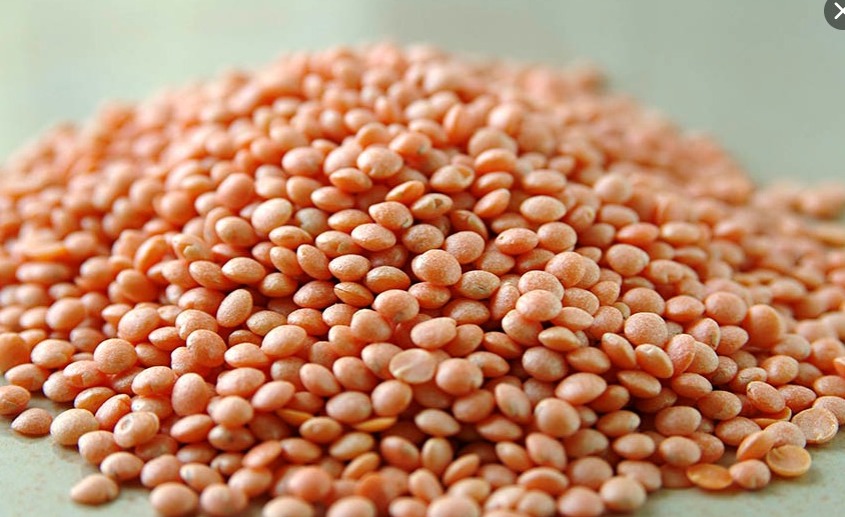
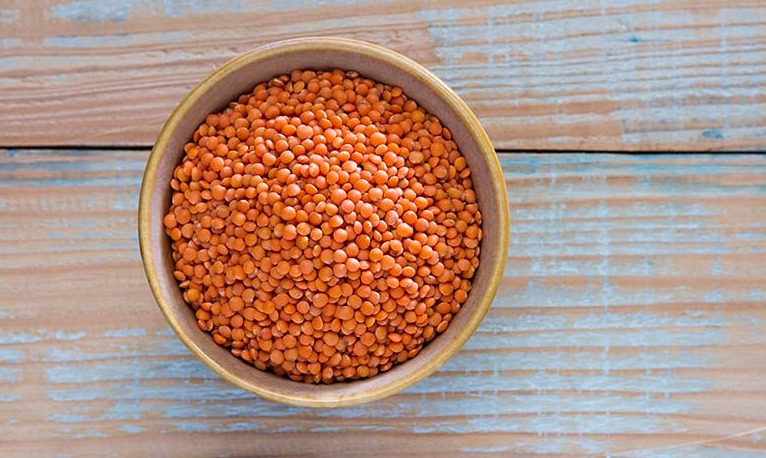

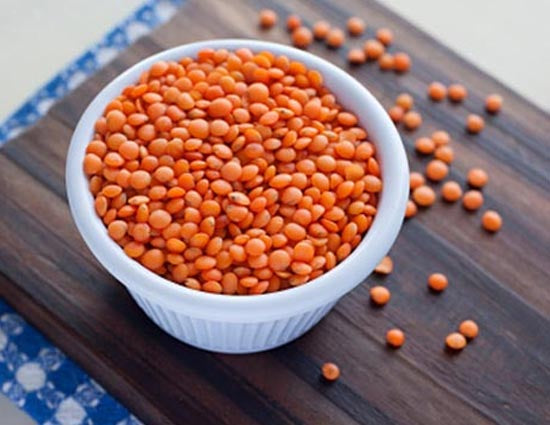

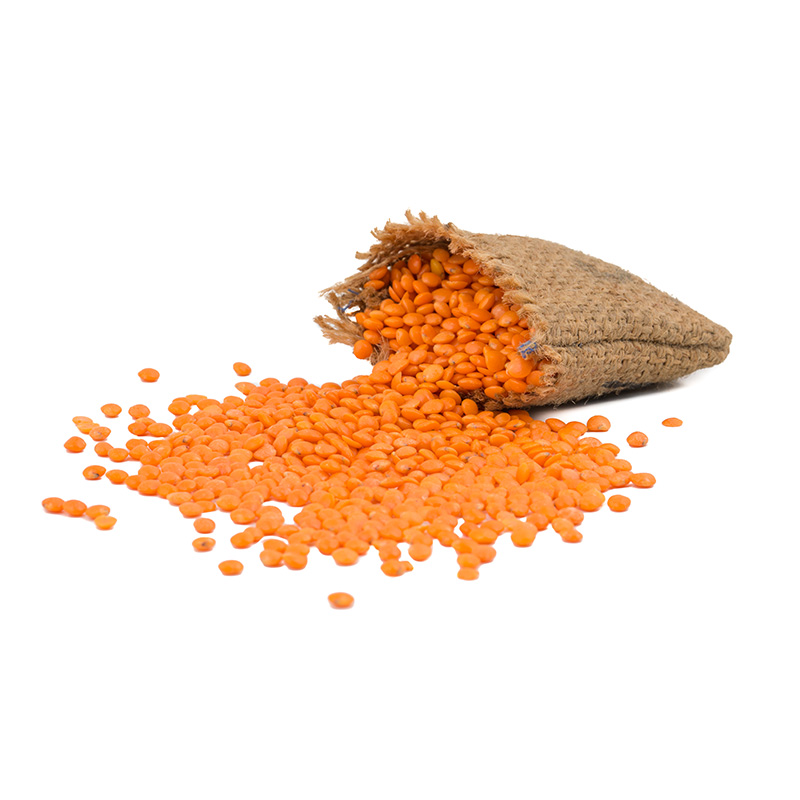
It is also known as Lentile, Lense, Lentiege, Adas, and Crimson. Split red lentils are made by splitting the whole red lentil. The skin is removed and the remaining reddish–orange seeds are then split into two halves.
Bose Exports offers a qualitative range of Whole/ Split red lentils. The entire range of Red Lentils is packed in a variety of pack sizes for ease of storing & usage. These are of high nutritional value and at the same time available at cost-effective prices. We procure these pulses from the best farms and plantation zones.
PHYSICAL PARAMETERS
Shrunken and Immature | ≤ 2% | Live/Dead Infestation | Nil |
Broken grain | ≤ 2% | Foreign matter | ≤ 0.01% |
Damage, Discolor | ≤ 2% | Foreign grains | ≤ 0.01% |
Weevilled Grains | ≤ 2% | Stones | Nil |
CHEMICAL PARAMETERS
Moisture | ≤ 14% | Gluten | Gluten free (As per USDA/EU regulations) |
Pesticide Residue | As per USDA/EU regulations | ||
Contains GMO | No | GMO declaration | Yes |
CHEMICALS

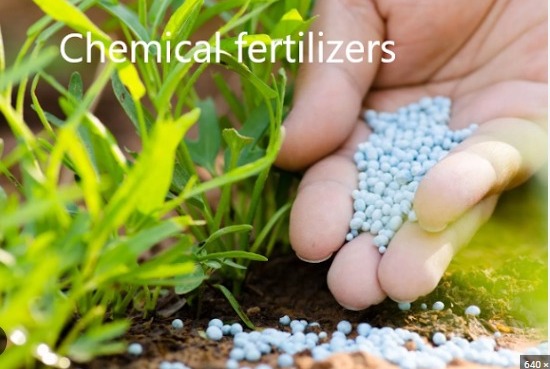
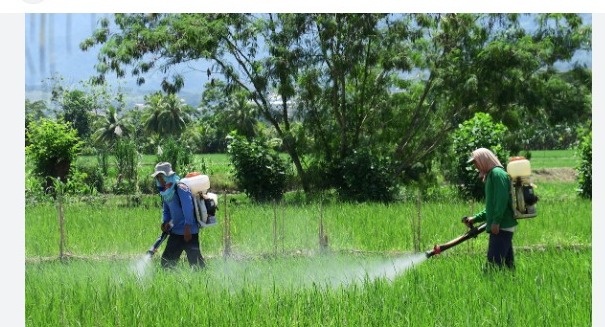


Chemical Names :
- Reactive turquoie blue z
- Reactive rate me6bi
- Reactive rate me3bs
- Orange me2rl
- Black kvm
- Black khd
- Black khg
- Blue k2gp
- Black bexh/c
- Rubine me6bl
- Amtex red 3bs
- Amtex creamson hr2d
- Amtex creamson fti
- Amtex ultra red hr4d
- Amtex orange me2rl
- Amtex terquie blua g-133
- Amtex black wvn
- Amtex black b 150
- Orange me2rl
- Red 3bs
- Creamson
